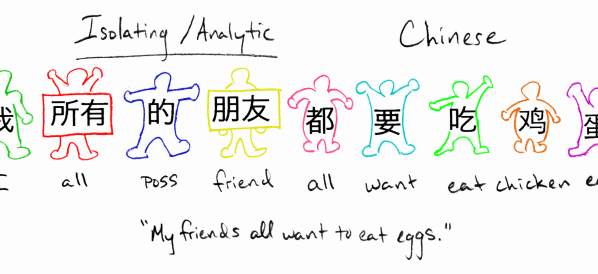 4 Terms
4 TermsHome > Terms > Kazakh (KK) > иллюзионизм
иллюзионизм
In Baroque art refers particularly to decorative schemes in buildings, especially ceiling paintings, in which the artist uses perspective and foreshortening to create, for example, the illusion that the ceiling is open sky populated by groups of figures such as saints, angels or whatever. Such effects are also sometimes referred to as trompe l'oeil, a French phrase meaning deceives the eye. More generally illusionism can refer to any painting which strives to achieve a high degree of mimesis, meaning imitation of reality. High levels of illusionism are typically found in seventeenth-century still life paintings. If the artist chooses subject matter that particularly lends itself to reproduction in paint on canvas (i. E. Is basically flat) the results can be exceptionally effective. An example is Edward Collier's A Trompe l'Oeil of Newspapers, Letters and Writing Implements on a Wooden Board. In modern art theory illusionism has been frowned upon on the grounds that it denies the basic truth of the flatness of the canvas. However, Surrealist artists such as Salvador Dalí and René Magritte have used it to great effect to evoke the alternative world of the unconscious mind.
- Szófaj: noun
- Szinonimák:
- Blossary:
- Ipar/Tárgykör: Art history
- Kategória: General art history
- Company: Tate
- Termék:
- Betűszó/Rövidítés:
További nyelvek:
Mit szeretne mondani?
Terms in the News
Featured Terms
аморфты тіл
Isolating languages tend to form their words of single morphemes (that is, of roots without affixes). They often use several short words where another ...
Beküldő
Featured blossaries
anathemona
0
Terms
2
Szójegyzékek
0
Követő
Breaza - Prahova County, Romania
 6 Terms
6 Terms
Browers Terms By Category
- Lumber(635)
- Concrete(329)
- Stone(231)
- Wood flooring(155)
- Tiles(153)
- Bricks(40)
Building materials(1584) Terms
- Gardening(1753)
- Outdoor decorations(23)
- Patio & lawn(6)
- Gardening devices(6)
- BBQ(1)
- Gardening supplies(1)
Garden(1790) Terms
- General astronomy(781)
- Astronaut(371)
- Planetary science(355)
- Moon(121)
- Comets(101)
- Mars(69)
Astronomy(1901) Terms
- SAT vocabulary(5103)
- Colleges & universities(425)
- Teaching(386)
- General education(351)
- Higher education(285)
- Knowledge(126)
Oktatás(6837) Terms
- General accounting(956)
- Auditing(714)
- Tax(314)
- Payroll(302)
- Property(1)





